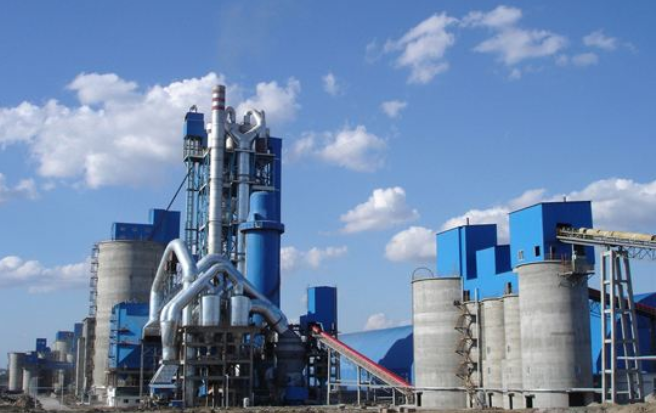NANNING, April 16 (Xinhua) -- At a cement ore field in the southern Chinese city of Baise, a fleet of trucks laden with limestones shuttled back and forth. A close look revealed that they're driverless.
Those electrically driven trucks are equipped with multiple sensors like LiDAR, millimeter wave radar and vision cameras. Enabled with 5G tech and artificial intelligence (AI) algorithms, they are controlled by an intelligent console and run automatically throughout the mine lot.
The cement plant under China Resources Group exemplified the traditional industry upgrading of the manufacturing powerhouse, driven by emerging digital and smart technology.
By the end of 2023, China had built 421 national-level demonstration factories featuring intelligent manufacturing and over 10,000 local digital workshops and smart factories.
China has unveiled an action plan to promote industrial equipment upgrades. By 2027, the penetration rate of digital research and development (R&D) and design tools in major enterprises will exceed 90 percent, and over 75 percent of their key production processes will be digitally controlled.
In 2023, the cement plant in Baise adopted a whole-mine unpiloted transport system developed by Waytous, a Beijing-based intelligent mining tech provider incubated by the Chinese Academy of Sciences. The unmanned project was the first of its kind built in one go in China.
The ore blending in traditional cement plants mainly relies on human experience. It's a process of mixing ores of different grades after they're extracted to ensure the quality standards required.
However, the traditional scheduling dependent on manual labor is time-consuming and not optimal. It tends to result in low vehicle utilization rates and more wasted ores.
Now, the plant uses digital twin and 3D modeling technology to produce a virtual simulation model of an ore body with a reserve of 71 million tonnes.
The AI algorithm has been employed to construct a digital model that can automatically generate optimal plans for the combinations of mining locations and mining volume.
The digital upgrading has brought a 105 percent increase in labor productivity, a 56 percent reduction in unplanned equipment downtime, a 25 percent increase in quality stability and a 24 percent reduction in carbon emissions, said Sun Zhen, general manager of the plant.
At the site, the whole process including cement mining, grinding and delivery has been digitalized and intelligently controlled.
"The system can be automatically tuned in the background running process, so that it can run in a more economical and stable state," said Luo Ling, an engineer sitting before a screen in the centralized smart control center.
In December, the cement plant was selected as an "Advanced Fourth Industrial Revolution (4IR) Lighthouse" or "lighthouse factory" by the World Economic Forum.




 A single purchase
A single purchase









